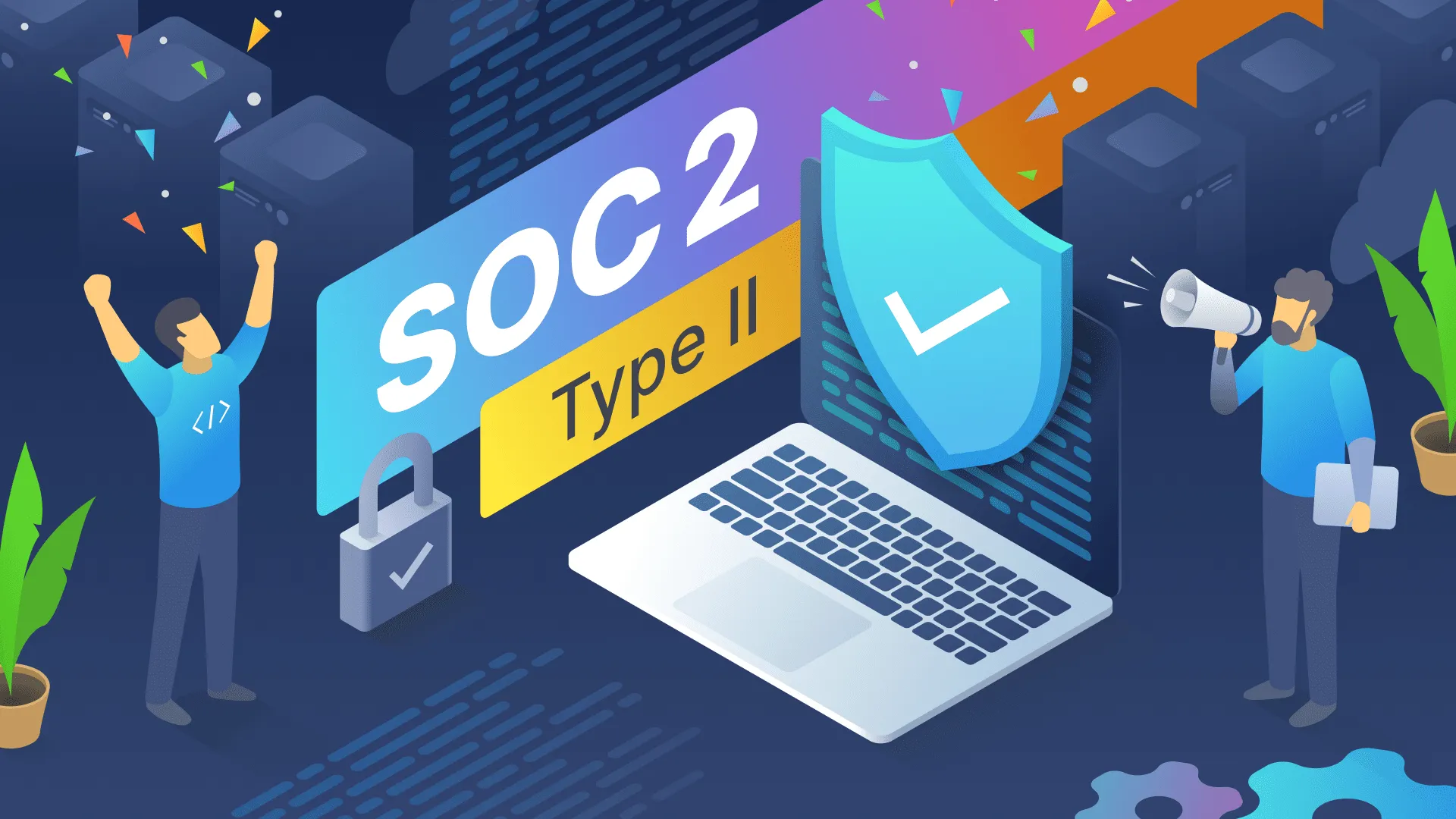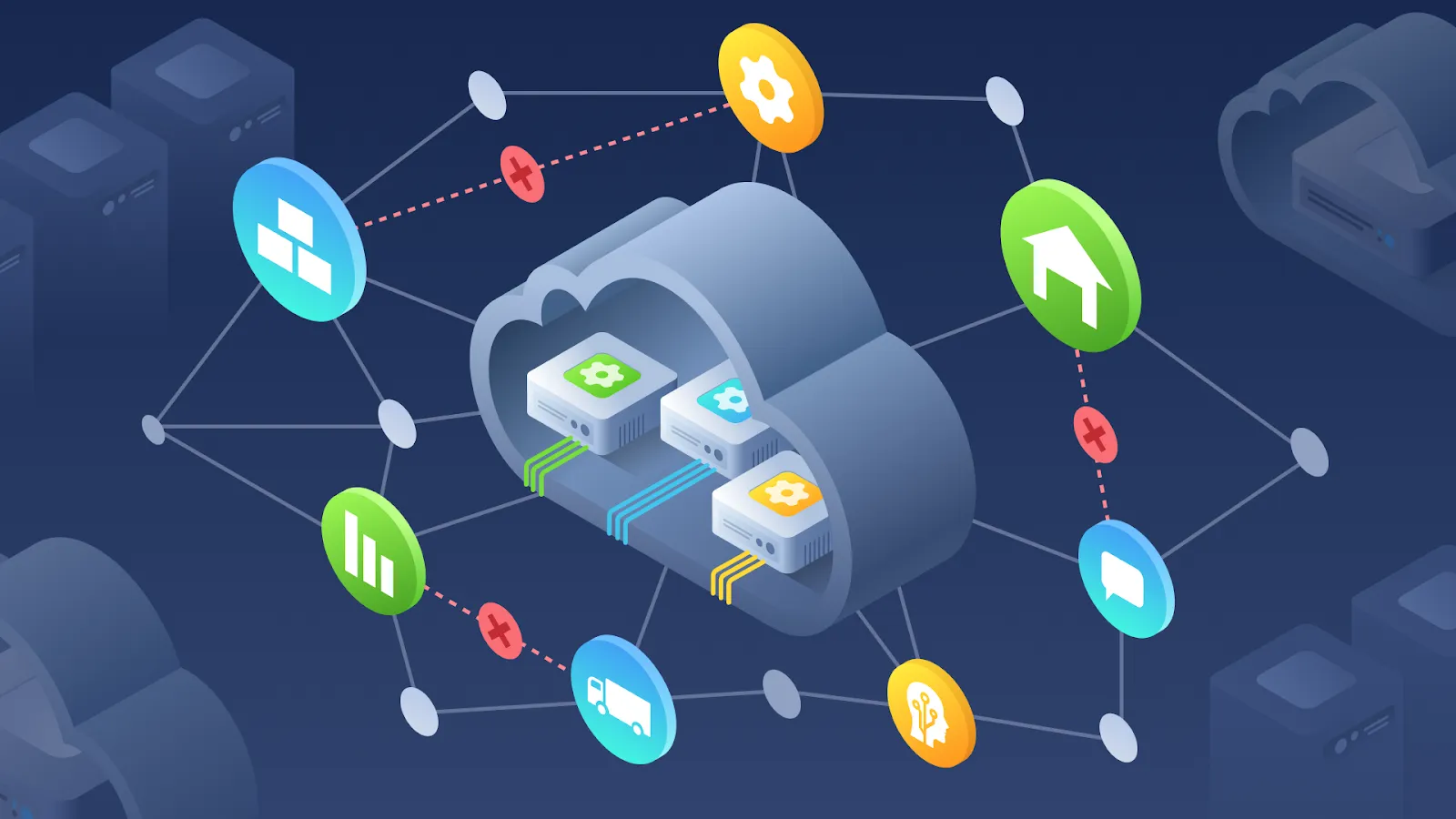The cloud solutions revolution will continue to show a phenomenal growth rate in the upcoming years. As more companies of various sizes and industries understand the multiple benefits of the cloud appropriately, they find it quite hard to stay aloof. According to Skyhigh, ‘cloud computing apps have nearly tripled since 2013, from 545 to 1427 different services.’ And despite significant growth, the particular industry can surprise businesses with its shifting and emerging trends that bring innovation in processes and help generate more revenue.
So what are the top ten cloud adoption trends, and how can businesses benefit from using them? Read in our blog post.
1. Hybrid cloud
A hybrid cloud is a result of combining a third-party service with a private cloud. According to ParkMyCloud, ‘74% of companies believe they are taking the best of both worlds and define their strategy as hybrid’. Besides, the majority of experts agree that hybrid cloud computing will continue to dominate in the future. This approach brings significant benefits like flexibility and cost reduction, which makes it suitable for growing a business.
In addition, a hybrid model offers the proper speed and significant control to its users and improves their cybersecurity. Such enhanced security can involve consistent server reliability, better performance, and software-as-a-service (SaaS) and customizable capabilities. All of that promotes many companies to consider the hybrid cloud for upkeeping their workflow and production.
2. Serverless architecture
With serverless computing, companies do not need to purchase servers for running their data. Instead, they allow a third party to handle it while they concentrate on more critical operations. The particular kind of cloud computing also offers several advanced features and functionalities, including security, risk scans, or analytics. Moreover, serverless brings many benefits to its users, such as reduced liability, improved offline experience, smoother operational management, and the absence of system administration. Finally, this trend is becoming more popular due to its cost-effeciency for workloads with unpredictable load.
3. Incorporating artificial intelligence (AI)
Nowadays, the technology innovations in a cloud services market involve AI engineering strategy for generating new opportunities within a particular sector. Efficient AI engineering can provide significant results, including enhanced performance, scalability, or reliability. Gartner states that this approach ‘brings together various disciplines to tame the AI hype while providing a clearer path to value when operationalizing the combination of multiple AI techniques.’ Thus, many businesses will continue to seek AI-based solutions to ensure a strong core infrastructure. Read more on adding AI to your SaaS
4. Edge computing
Edge computing offers distributed computing infrastructure to organizations. Thanks to using this infrastructure, businesses can bring both data centers and computation closer and satisfy the increasing need for digitization in numerous industries. According to IDC, ‘the spending on edge computing will reach up to $250 billion by 2024’, which means that new business models will consider implementing edge computing.
Companies can use this technology in real-time, which allows storing data for the long term and processing less time-sensitive information. That enables organizations to run their operations easier due to the help of other emerging technologies and creates new opportunities. For example, along with IoT devices, edge computing can provide real-time data and its further analysis and streamline the traffic flow from such devices.
5. Multi-cloud solutions
In recent years, businesses have also realized they can satisfy their needs by using multi-cloud services and deploying workloads through multiple infrastructure-as-a-service (IaaS) providers. That makes such services increase in popularity as they provide their users with an immediate approach and opportunity to access and share data with partners. In the next few years, the improvements in multi-cloud offerings will encourage companies to increase spending on cloud providers that partner to speed up go-to-market launches and capitalize on mutual strengths.
6. Cloud security
According to Salesforce, ‘cloud technology is so reliable when it comes to safety that 94% of businesses report significant improvements in online security after moving their data to the cloud’. Thus, cloud providers will concentrate on bringing high-security features to their cloud solutions in the near future, and companies will continue to spend on improving security. Such an increasing demand for security capabilities will lead to the growth of a global cloud security services market. Besides, some advanced solutions, including AI-based breach detection, anti-malware, or anti-ransomware technologies, can also impact the cloud security market.
7. Backup & disaster recovery
There can be multiple cases of data outages, cyber-attacks, or various system failures in business, and many companies have lost critical data files as the server crashes. That makes disaster recovery helpful to avoid the potential loss of data backup. Also, backup and disaster recovery often serve as the highest cloud budget allocation in organizations that consider it a recovery strategy. While the original files are lost, the system can replicate them from electronic records and save them on an external cloud server.
Microsoft states that cyber threats and data loss are common for businesses of different sizes. But implementing an appropriate recovery plan on losing information or compromising security can ensure that no critical operations are not affected. Thus, even if an error occurs or the server collapses, the existing recovery mechanism will recover all lost data. Lastly, companies are moving towards disaster recovery-as-a-service (DRaaS) now, which acts as a technique to decrease recovery time.
8. DevSecOps
Today, data security serves as a critical challenge that many businesses consider, and the typical security risks involve illegal invasion, attacks from side channels, virtualization vulnerabilities, network eavesdropping, or even denial of service attacks. Such risks affect the companies’ perception of relevant services negatively and make businesses avoid using them. That makes DevSecOps come into play.
DevSecOps is a process that helps build infrastructure security since the beginning. By providing the company’s workflow with additional security controls and processes, DevSecOps automates the fundamental security tasks. Applying DevSecOps methodology also helps adapt to the initial organizational changes and improves the security of its services. After all, this technology ensures that the users can work with an appropriate security system.
9. The Kubernetes revolution
Being a relatively new management tool, Kubernetes is regarded as the basis now. Organizations use this portable, open-source platform to manage containerized workloads and services. That helps facilitate declarative configuration and automation. Also, Kubernetes is famous for its rapidly growing ecosystem and services and support that are widely available. Kubernetes brings a framework that allows running distributed systems resiliently to companies, promotes scaling and failover of their apps, and provides deployment patterns.
Many cloud experts believe that Kubernetes will play an important role in redefining the world economy. This tool not only brings a smashing solution to the existing cloud barriers but also creates a strange market dynamic. That helps generate some new excitement regarding the cloud infrastructure provider offering something unique. Therefore, cloud vendors should run along with Kubernetes to operate in the competition-driven market successfully.
The bottomline
Cloud solutions, which supported the global economy and supply chains and allowed millions of employees to work remotely during the Covid-19 pandemic, will serve as a fundamental need for organizations seeking increased scalability, continuous business operations, and cost-effectiveness. Also, cloud computing will continue to create waves in specific industries.
Ultimately, the future of the cloud is looking bright, especially for the public one. Gartner states that ‘revenue from the sector is expected to jump to $331 billion by 2022’. Thus, with the beginning of a new decade, executives should pay attention to the analyzed trends and how they can impact their companies’ cloud adoption and migration plans. That also requires them to take necessary steps for preparing their current IT infrastructure for a bright future of the cloud.
Are you already using the cloud? What trends do you find the most beneficial to your business? Or what factors prevent your organization from using the cloud? Share with us in the comments below.
How AgileVision can help
Over the past several years, AgileVision has helped many businesses to select a cloud provider, build cloud infrastructure, or migrate to the cloud. Are you considering a cloud adoption or need advice on your existing cloud infrastructure?




